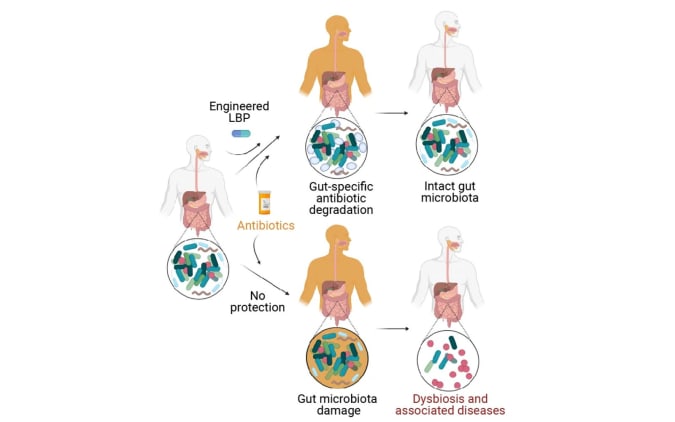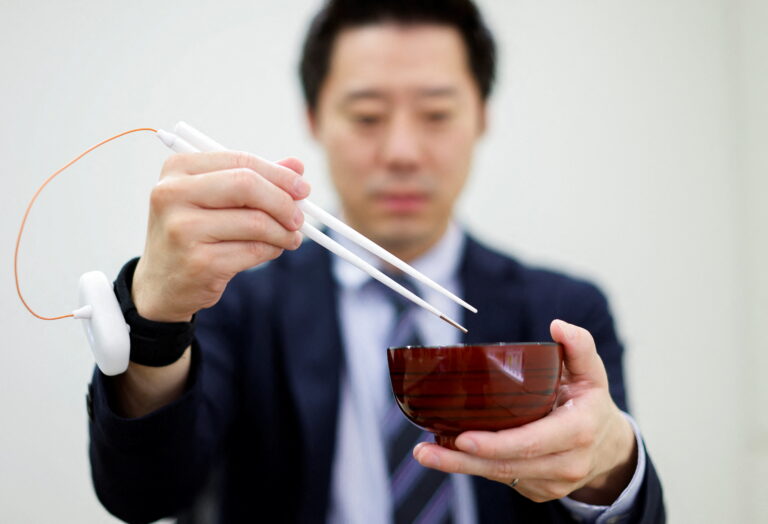Researchers create bacteria that could protect your gut from antibiotics
In 1928, Scottish microbiologist Alexander Fleming discovered what we know today as penicillin. Fleming’s work and that of his successors would go on to forever change how we treat bacterial infections. And to this day, antibiotics are one of the most powerful tools we have to protect people from a host of harmful bacteria.
But those same antibiotics can decimate the “good” microbes that live in our guts, opening the door to a host of potential health complications, including painful bouts of diarrhea that can take months to resolve. In recent years, some doctors have begun prescribing probiotics to help offset the harm antibiotics can do to gut bacteria, but the problem with that approach is that they’re just as susceptible to antibiotics and are not a replacement for those microbes.
Enter researchers from the for Biologically Inspired Engineering at Harvard University and Massachusetts Institute of Technology. In a study published on Monday in the journal , they detail work they’ve done on a “living cellular therapeutic device” that promises to protect humans from the harmful side effects antibiotics can have on our guts.

Wyss Institute at Harvard University
Per , they modified a strain of bacteria that is frequently used in cheese production to deliver an enzyme that can break down beta-lactam antibiotics. Many of the most commonly prescribed antibiotics in the US, including penicillin, fall under that family. Using gene editing, they further modified how their bacterium synthesizes the enzyme to prevent it from transferring that capability to other bacteria. The result is a treatment that reduces the harmful effects of antibiotics while still allowing those drugs to do their work.
In a study involving mice, the researchers found their bacteria “significantly” reduced the damage ampicillin did to the test subject’s gut microbes and allowed those communities to recover fully after just three days. By contrast, in mice that only received the antibiotic, the researchers saw a much greater loss of microbial diversity.
It may be a while before you’re taking a course of modified bacteria alongside your next antibiotic treatment, but the team is hopeful they will have something ready soon. “We are now focusing on getting these living therapies to patients and are finalizing the design of an effective, short, and inexpensive clinical trial,” said Andrés Cubillos-Ruiz, the lead author of the study.
All products recommended by Engadget are selected by our editorial team, independent of our parent company. Some of our stories include affiliate links. If you buy something through one of these links, we may earn an affiliate commission.





